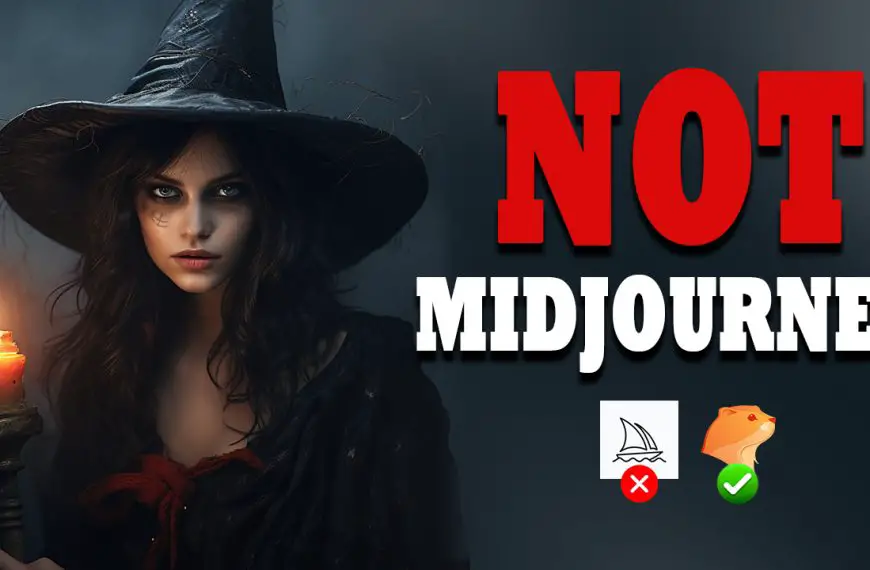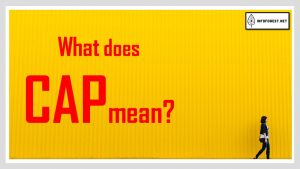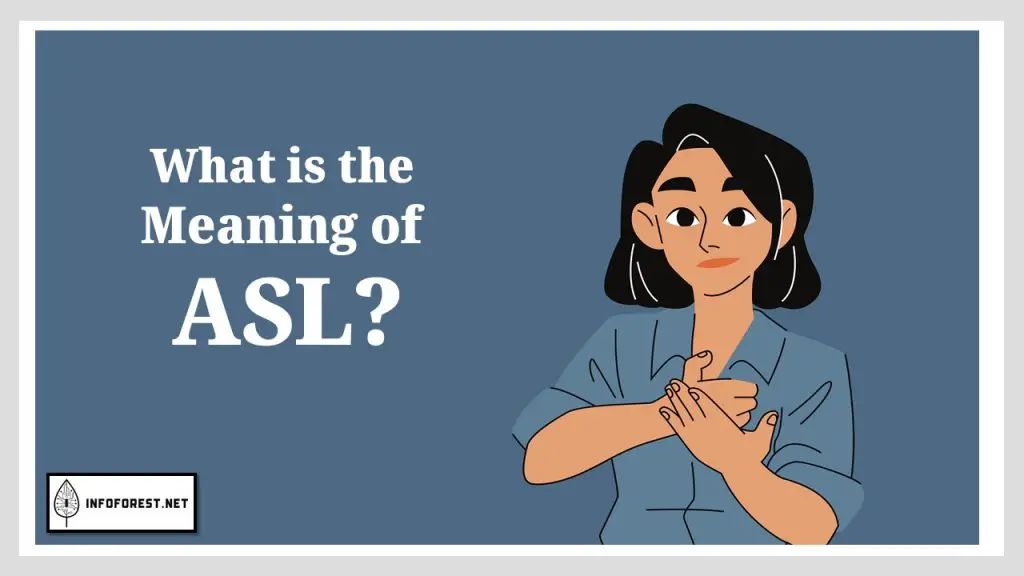
“ASL” stands for “American Sign Language.” It is a visual language used by people who are deaf or hard of hearing to communicate. It uses a combination of hand gestures, body language, and facial expressions to convey meaning. ASL is the primary mode of communication for many deaf and hard-of-hearing people in the United States and Canada, and it is a unique and rich language with its own grammar, syntax, and cultural norms.
ASL meaning in TikTok
On the other hand, In the context of TikTok, “ASL” is often used as an abbreviation for “age, sex, location,” which is a common way for people to ask for basic information about someone they are communicating with online. It is often used as a way for people to get to know each other better, or as a way for people to identify potential matches or connections. However, it is important to note that asking for someone’s “ASL” is generally considered impolite and may be viewed as intrusive or inappropriate, especially if the person you are asking is not someone you know well or has not indicated that they are interested in sharing this information. It is always best to be respectful and considerate when communicating with others online and to respect people’s boundaries and privacy.
What is American Sign Language
American Sign Language (ASL) is a visual language used by people who are deaf or hard of hearing to communicate. It is the primary mode of communication for many deaf and hard-of-hearing people in the United States and Canada, and it is a unique and rich language with its own grammar, syntax, and cultural norms.
ASL is not a written language, and it is not a system of manual codes or signals that represent spoken language. Instead, it is a fully-developed and expressive language that uses hand gestures, body language, and facial expressions to convey meaning. ASL has its own grammar and syntax, and it is a language that is independent of any spoken language.

History
ASL has a long and interesting history. It is believed to have developed in the early 19th century as a way for deaf people to communicate with each other and with hearing people. The language was influenced by the signs and gestures used by deaf people in different parts of the United States, as well as by the sign languages used by deaf communities in Europe. The use of sign language by deaf people in the United States has a complicated history, and it was not always accepted or supported by the broader society. In the late 18th and early 19th centuries, there was a movement among some educators and social reformers to teach deaf people to speak and lip-read, rather than using sign language. This approach, known as “oralism,” was based on the belief that deaf people could be integrated into mainstream society if they learned to speak and communicate with hearing people.
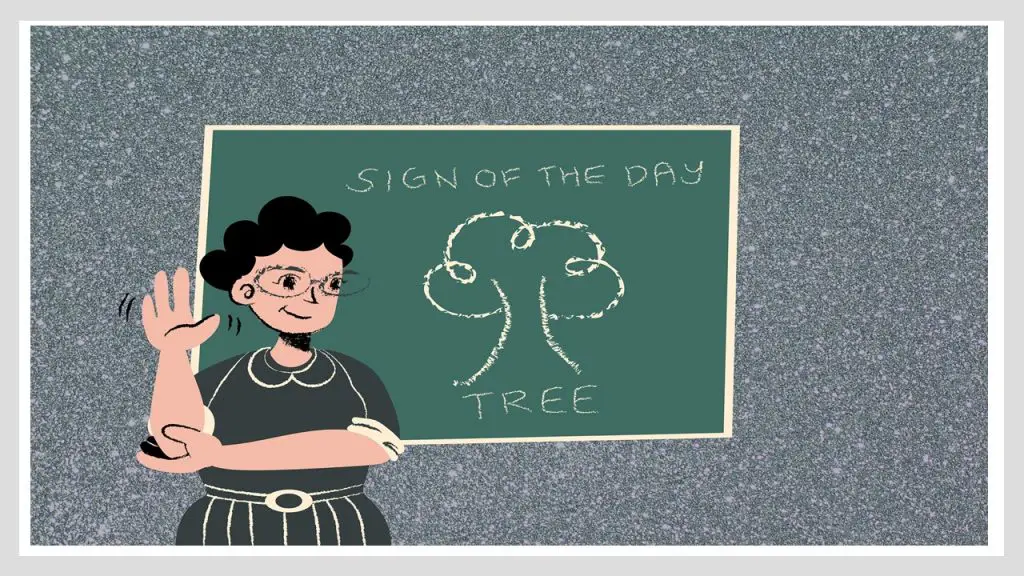
However, the use of sign language by deaf people persisted, and it eventually gained widespread acceptance and recognition as a natural language with its own unique structure and rules. Today, ASL is used by millions of people around the world, and it is taught in schools and universities. There are many organizations and resources available to support the deaf and hard-of-hearing community and promote the use of ASL. ASL is an important part of the deaf and hard-of-hearing community, and it is a valuable and empowering tool for communication and expression. It is a beautiful and expressive language that is an integral part of the culture and identity of many deaf and hard-of-hearing people. It is also a language that is constantly evolving, with new signs and expressions being developed and adopted by the community over time.
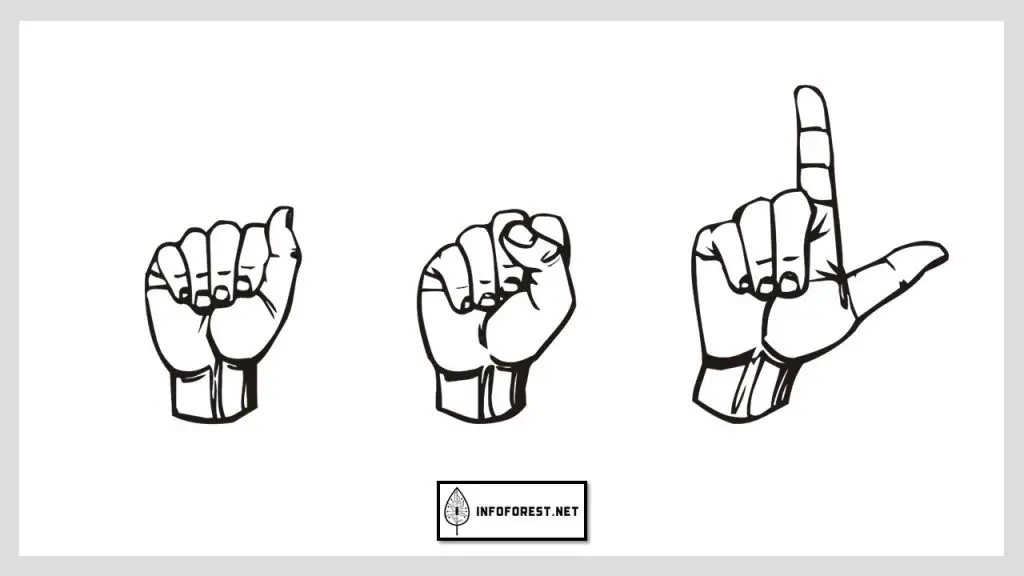
key points about ASL:
- ASL is a visual language used by people who are deaf or hard of hearing to communicate.
- It is the primary mode of communication for many deaf and hard-of-hearing people in the United States and Canada.
- ASL is a fully-developed and expressive language that uses hand gestures, body language, and facial expressions to convey meaning.
- It has its own grammar and syntax, and it is a language that is independent of any spoken language.
- ASL has a long and rich history, and it is constantly evolving.
- It is taught in schools and universities, and there are many organizations and resources available to support the deaf and hard-of-hearing community and promote the use of ASL.
- ASL is an important part of the culture and identity of many deaf and hard-of-hearing people.
- It is a valuable and empowering tool for communication and expression.
Most Viewed Articles
Conclusion
In conclusion, American Sign Language (ASL) is a visual language used by people who are deaf or hard of hearing to communicate. It is the primary mode of communication for many deaf and hard-of-hearing people in the United States and Canada, and it is a rich and expressive language with its own unique grammar, syntax, and cultural norms. ASL has a long and interesting history, and it is constantly evolving. It is taught in schools and universities, and there are many organizations and resources available to support the deaf and hard-of-hearing community and promote the use of ASL. ASL is an important part of the culture and identity of many deaf and hard-of-hearing people, and it is a valuable and empowering tool for communication and expression.
We also invite you not to miss our other popular articles such as:
Difference between left and right Twix–Difference Between Eastern Time Zone and Central Time Zone–Difference Between Capitalism and Communism– Difference Between EST and EDT–How many weeks in a Year– Difference Between Evening and Afternoon – Democrat vs Republican – Kilometer vs Mile – How to get rid of hiccups What does TBH mean – What is the meaning of LMAO and Difference Between Zip Code and Postal Code



